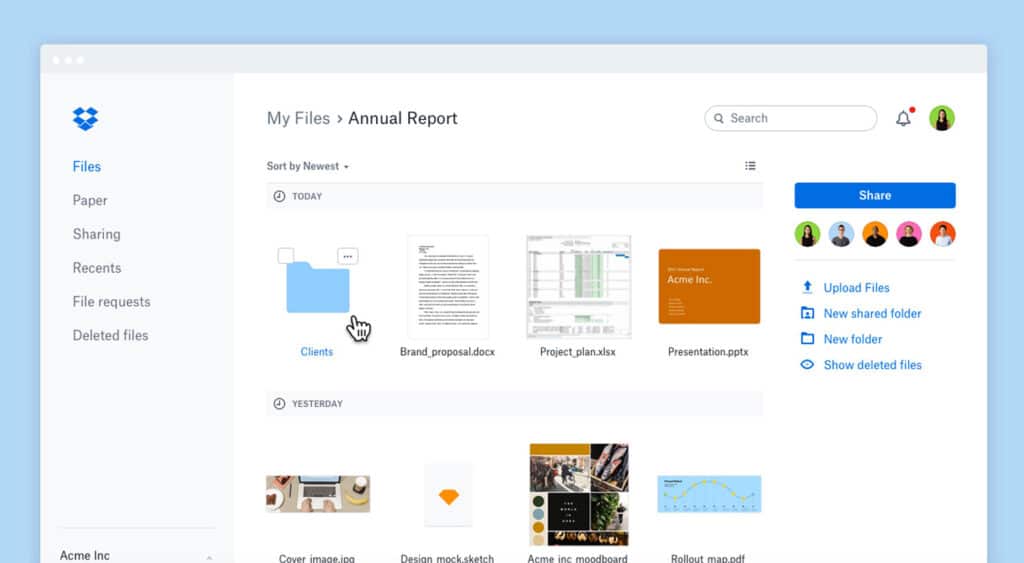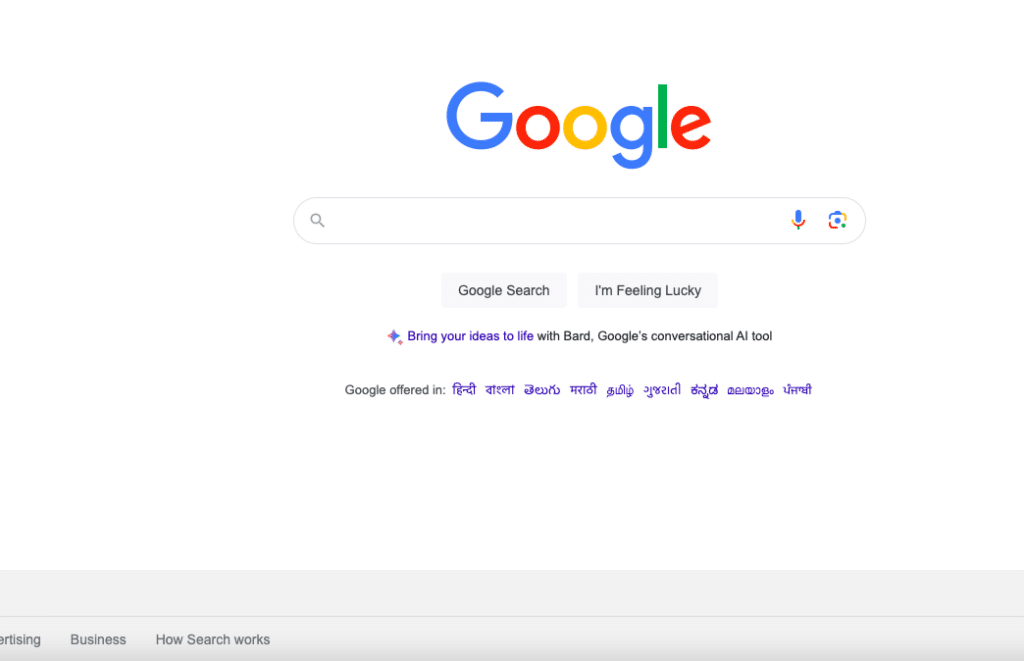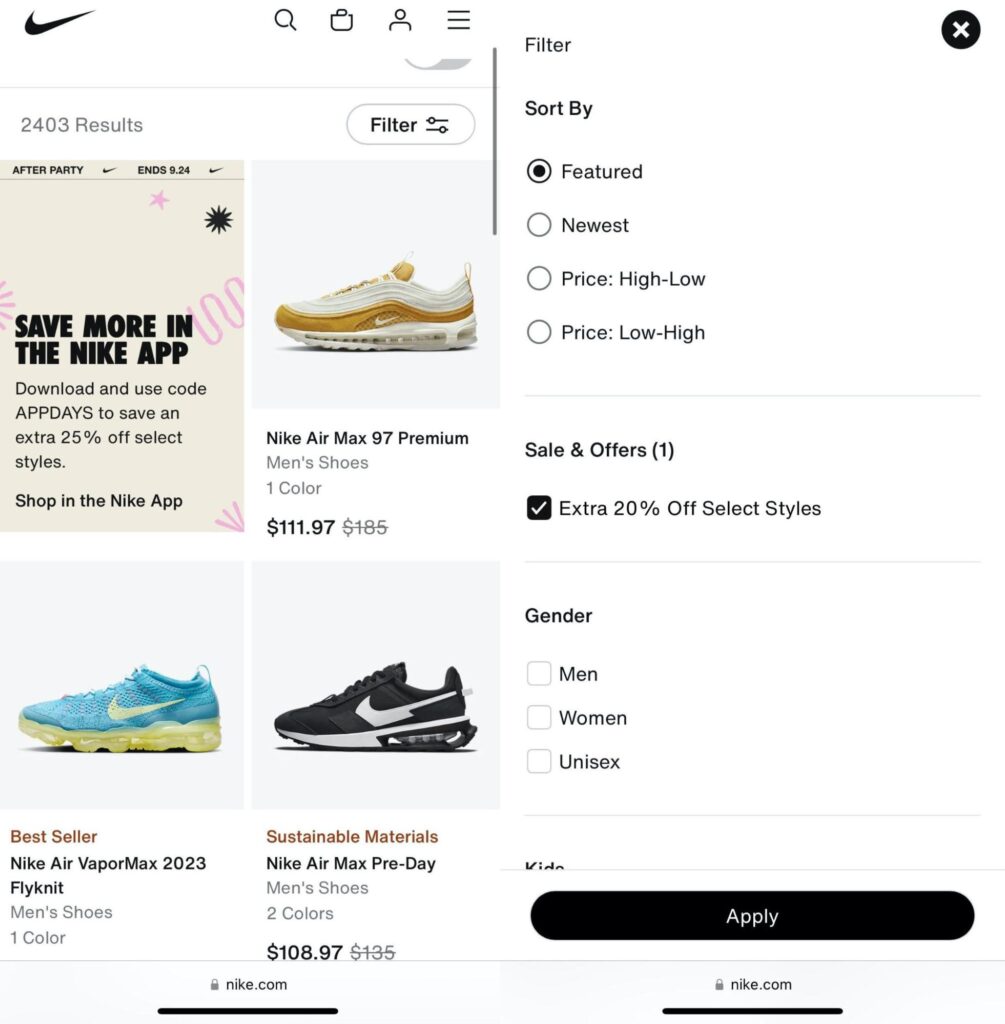The success of any online business hinges on one critical factor: User Experience (UX).
When you’re dealing with immense competition and increasing consumer demands, your website’s first impressions are often the only ones that matter. Hence, crafting an exceptional user experience is no longer an option – it’s a strategic imperative.
This article will discover the connection between user satisfaction, engagement, and the elusive conversion rates.
Before that, we’ll also see what exactly user experience is and the key components you need to work on to improve your site’s UX.
Understanding User Experience
User Experience (UX) refers to a user’s overall experience when interacting with a product, service, website, app, or any digital interface.
UX involves the entire user interaction from the beginning till the end – from how they perceive your site to how they interact with a system or application, including their emotional responses.
When you aim to create a design with UX in mind, you end up with products and interfaces that are intuitive, efficient, aesthetically pleasing, and enjoyable to use.
But how do you go about it? How do you create a website with excellent user experience?
You have first to determine what your target users like. It involves understanding user behavior, conducting research, and implementing design principles to enhance user interaction quality.
Key Components of UX
Here’s a brief overview of the key components of UX:
1. Usability
Usability is at the heart of UX and focuses on making products or interfaces easy to use and navigate. It ensures that users can take intended actions or achieve their goals without any roadblocks.
Improving the usability of your website involves tasks like creating:
- Clear navigation
- Logical layouts
- Intuitive interactions
- Responsive design
It often requires usability testing and user feedback to identify and address usability issues.
Dropbox is a prime example of usability excellence.

The file-sharing and storage platform is known for its simplicity and ease of use. The interface is intuitive, and tasks like uploading files, creating folders, and sharing documents are straightforward.
2. Accessibility
Accessibility ensures that even users with disabilities can use your products or browse our website without any hassle. It’s about making technology inclusive for everyone, regardless of their physical or cognitive abilities.
Here are some ways you can make your website/interface more accessible to all types of users:
- By providing alternative text for images
- Using semantic HTML
- Offering keyboard navigation
- Adhering to accessibility guidelines (e.g., WCAG – Web Content Accessibility Guidelines).
3. Visual Design
Visual design focuses on the aesthetics and presentation of a product or interface. It’s about creating an appealing and cohesive visual identity that aligns with the brand while maintaining usability.
To create a visually aesthetic interface/website, pay close attention to the following elements:
- Color schemes
- Typography
- Layout
- Visual hierarchy
Visual designers often work closely with UX designers to ensure that aesthetics do not compromise usability.
If you want to look at someone who does visual aesthetics right, look no further than AirBnb’s website.

Airbnb’s visual design strikes a balance between aesthetics and usability. Their website and app feature high-quality images, a clean layout, and an inviting color palette.
These design choices create a visually appealing platform that enhances the user’s experience while maintaining functionality.
4. Content Quality
Content quality encompasses the relevance, clarity, and engagement of the content presented within a product or interface. It’s about providing information that meets user needs and keeps them engaged.
This component involves:
- Content strategy
- Writing style
- Information Architecture
- Regular content updates.
Also, keep in mind that high-quality content should be informative, concise, and relevant to the user’s context.
How User Experience Affects Conversion Rates?
Now that we’re aware of what exactly user experience is all about and what are its key components let’s see how it affects conversion rates:
1. Usability and Navigation
Imagine visiting a website with a cluttered layout, unclear menus, and a confusing structure.
It’s frustrating, right? I don’t know about you, but I’ll be wary of buying anything from a website like that.
When users face such obstacles, it creates friction in their browsing experience and induces distrust.
This friction can lead to high bounce rates and low conversion rates because users struggle to find what they’re looking for or complete their intended actions.
On the other hand, a user-friendly interface designed with user experience in mind will keep your visitors engaged and encourage them to explore further. When visitors feel that a website is easy to navigate and meets their needs, they are more likely to stay longer and eventually convert.
Google is a prime example of usability and minimalistic design.

The tech giant consistently maintains low bounce rates on its search engine. They owe this success to their clean, straightforward interface that quickly directs users to relevant search results, reducing the likelihood of immediate exits.
2. Page Speed and Performance
How fast your web pages are loading, and their overall performance are integral parts of user experience and can significantly impact conversion rates.
Statistics reflect that, too.
According to a survey conducted by Unbounce, which involved 750 consumers and 395 marketers, nearly 70% of surveyed consumers claim that page speed directly impacts whether or not they buy from an online retailer.
There’s a reason most streaming services like Netflix rely on quick video loading and smooth playback for an excellent user experience.
Netflix even goes out of its way to invest in dedicated content delivery networks (CDNs) and video streaming optimization to ensure its audience can start watching content with minimal delays.
This enhances user satisfaction and encourages subscription renewals, a key conversion metric for them.
Not just streaming services, you’ll also notice the most prominent sites load within seconds.
Take Amazon, for instance. Despite the vast product catalogs, their website is quite popular for the snappy load times. This commitment to speed keeps users engaged and leads to higher conversion rates, allowing them to find and shop for their favorite products quickly.
3. Mobile Responsiveness
You’ll find people glued to their smartphones everywhere you look around you. Your target audience is most likely doing the same.
And if your website isn’t mobile-responsive, it’s like inviting someone to a party and telling them they can’t come in. People expect websites to work seamlessly on their mobile devices.
A responsive design ensures a positive experience for mobile users, leading to higher conversion rates among this audience.
Being mobile-responsive means your website adapts to different screen sizes, making it easy to navigate and interact with, whether you’re on a giant desktop monitor or a tiny phone screen.
It’s also worth noting that Google also prioritizes mobile-first indexing. This means it pays more attention to how your site works on mobile. If your site isn’t mobile-friendly, you might as well be invisible on Google’s radar.
And Google practices what it preaches.
When you Google something on your phone, those search results are super easy to read and click on, right? That’s because Google knows the importance of mobile-friendly design. It’s their way of saying, “Come on in, the search party’s here.”
Nike’s website is another great example of a brand doing mobile-responsive websites right.
You can shop for sneakers or sportswear on your phone without any hassle. Navigating the site on a smartphone feels natural and intuitive. The menu, product categories, filters, and search bar are all easily accessible, usually with a simple swipe or tap.
This means users can quickly find what they’re looking for without any frustrating zooming or excessive scrolling.

They’ve mastered the art of making mobile users feel at home, and that leads to more sales.
When your website is optimized for mobile devices, your target customers are likely to stay longer, check out your products, and maybe even hit that “buy now” button.
4. Content Relevance and Clarity
Picture this: You’re looking for information or a product, and the content you find doesn’t match what you need – it’s like searching for a pizza place and getting results for sushi restaurants. That’s a frustrating experience, and users are likely to bounce from your website or platform if they can’t find relevant content.
Relevant content is one of the integral parts of user experience because it helps users quickly connect with what they came for.
Clarity in content also entails having content without confusion, jargon, or clutter to avoid a language barrier between you and your users. Users want content that’s easy to understand and digest.
Apple’s website is a great example of content relevance and clarity. You’re greeted with clean visuals and concise, relevant content when you visit their site.

Whether you’re looking for a new iPhone, a MacBook, or support, the content is tailored to your needs, making the user experience smooth and conversion-friendly.
When users find content that speaks to their needs and desires, they’re more likely to engage and take action. This could be anything – from signing up for a newsletter to making a purchase or filling out a contact form.
5. Trust and Credibility:
If you look at statistics, a whopping 98% of people claim that trust signals make them more confident when making a buying decision.
In a world where cyber threats and scams are prevalent, it’s natural that users are cautious about where they share their personal information or make online transactions.
Trust is the bridge that allows users to engage with a website or platform confidently.
Trust is not something you can build or inspire overnight. You’ll have to build a credible reputation over the years, which requires consistent effort and attention to detail.
There are various elements in UX that help you inspire trust in your audience, including design, content, security measures, and user interactions. It’s the feeling users get when they believe that a website or business is reliable, safe, and honest.
Here’s a quick overview of the key elements that contribute to trust and credibility in UX:
- Design: A professional and visually appealing design instills confidence in users. A well-designed website conveys that the business is credible and cares about its online presence.
- Content: Accurate, informative, and transparent content also helps establish credibility. Contributing factors include legitimate user reviews, product descriptions, and contact information.
- Security: Sites with trust badges, SSL certificates, and secure payment options indicate that they’re handling user data carefully. Users who feel their information is secure are more likely to convert.
As an online payment service, PayPal’s entire business model revolves around trust.
They use robust security measures and clear communication of policies to build trust with users.

This trust translates to higher conversion rates, as users are more comfortable using their service for online payments.
6. A/B Testing and Continuous Improvement
Setting up A/B tests is one of the best ways to improve UX. It involves comparing two versions of a webpage or design (A and B) to determine which one performs better, allowing you to make data-driven decisions to enhance the user experience.
You can use it to enhance various elements on a web page, including headlines, calls to action (CTAs), layouts, colors, and more. When you experiment with all these different variations and measure their performance, you’ll be in a better position to identify what resonates the most with your users.
Conclusion: The Power of User Experience in Boosting Conversions
If you run an online business, you know the importance of user preferences and expectations. Your user’s preferences will shape your site’s UX, which will eventually decide your conversion rates.
So, if you plan to implement conversion optimization on your site, you must first work on your user experience. To help you out, we talked about the various facets of UX, from usability and accessibility to visual design and content quality. We also saw how they play pivotal roles in influencing user decisions and ultimately driving conversions.
You can also look at brands like Amazon, Apple, Dropbox, and Airbnb for inspiration. These brands have truly understood the potential of UX to meet user needs and exceed them.
From the moment users land on a website or app to the point where they make a purchase, subscribe to a service, or simply engage with content, every interaction contributes to their overall perception of the brand. A positive UX reduces friction, fosters trust, and encourages users to take the desired actions.



